Brazilian Rosewood Bonsai: 1 of the popular bonsai
Are you a bonsai enthusiast looking to add a touch of elegance and exoticism to your collection? Look no further than the Brazilian Rosewood Bonsai. With its striking beauty and unique features, this bonsai variety is sure to captivate any onlooker.
Renowned for its stunning red and brown hues, the Brazilian Rosewood Bonsai boasts a rich and vibrant color that adds a touch of warmth to any space it inhabits. Its intricate and delicate foliage showcases the meticulous care and attention that goes into shaping and maintaining this majestic tree.

History and significance of Brazilian Rosewood Bonsai
The Brazilian Rosewood Bonsai holds a significant place in the world of bonsai. Native to the rainforests of Brazil, this bonsai variety has been prized for centuries for its durability and resilience. It has been cultivated by bonsai enthusiasts and collectors worldwide, who appreciate its unique characteristics and aesthetics.
The history of the Brazilian Rosewood Bonsai can be traced back to ancient times when it was first discovered in the lush rainforests of Brazil. The locals quickly realized its potential as a bonsai tree due to its ability to withstand harsh weather conditions and adaptability to different environments.
Over the years, the Brazilian Rosewood Bonsai has gained popularity among bonsai enthusiasts for its distinct features and stunning appearance. Its deep red and brown tones symbolize strength and grace, making it an ideal choice for those seeking a bonsai tree that exudes elegance and sophistication.
Characteristics and features of Brazilian Rosewood Bonsai
The Brazilian Rosewood Bonsai possesses several unique characteristics that set it apart from other bonsai varieties. One of its most notable features is its striking coloration. The deep red and brown hues of its trunk and branches create a visually stunning contrast against the vibrant green foliage, making it a true showstopper.
In addition to its exquisite color, the Brazilian Rosewood Bonsai also showcases intricate and delicate foliage. The leaves are small and glossy, providing a lush and full appearance. The branches can be carefully shaped and trained to create a sense of movement and balance within the bonsai tree.
Another characteristic of the Brazilian Rosewood Bonsai is its ability to thrive in various climates. This bonsai variety can tolerate both sun and shade, making it versatile and adaptable to different environments. Its resilience and durability make it an excellent choice for beginners and experienced bonsai enthusiasts alike.
Growing and caring for Brazilian Rosewood Bonsai
Growing and caring for a Brazilian Rosewood Bonsai requires a combination of knowledge, patience, and dedication. To ensure the health and vitality of your bonsai tree, it is essential to provide the right conditions and follow proper care techniques.
When it comes to sunlight, the Brazilian Rosewood Bonsai thrives in bright, indirect light. It is best to place it near a window where it can receive filtered sunlight throughout the day. Avoid exposing the bonsai to direct sunlight for an extended period, as it can cause leaf burn.
In terms of watering, the Brazilian Rosewood Bonsai prefers a moist but well-draining soil. Water the bonsai thoroughly, allowing the excess water to drain out of the pot. It is crucial to avoid overwatering, as it can lead to root rot. Regularly check the soil moisture and adjust the watering frequency accordingly.
Pruning and shaping techniques
Pruning and shaping are essential aspects of bonsai care, and the Brazilian Rosewood Bonsai is no exception. Regular pruning helps maintain the shape and size of the bonsai tree, while shaping techniques allow you to create the desired aesthetic.
When pruning the Brazilian Rosewood Bonsai, it is important to use sharp and sterile tools to prevent any damage or infection. Trim back any overgrown branches or foliage, focusing on maintaining a balanced and visually appealing structure. Additionally, remove any dead or diseased branches to promote overall tree health.
Shaping the Brazilian Rosewood Bonsai can be achieved through wiring and bending techniques. Carefully wrap bonsai wire around the branches, gently guiding them into the desired position. Be cautious not to apply too much pressure, as it can cause damage. Regularly check the wire to ensure it does not cut into the bark.
Soil and watering requirements
The Brazilian Rosewood Bonsai thrives in a well-draining soil mix that provides adequate moisture retention. A combination of akadama, pumice, and lava rock is commonly used to create a balanced soil mixture for this bonsai variety.
When watering the Brazilian Rosewood Bonsai, it is important to avoid both overwatering and underwatering. Ensure that the soil is moist but not waterlogged. Water thoroughly, allowing the excess water to drain out of the pot. Regularly check the soil moisture and adjust the watering frequency accordingly.
Brazilian Rosewood Bonsai pests and diseases
Like any other bonsai tree, the Brazilian Rosewood Bonsai is susceptible to pests and diseases. Common pests that can affect this bonsai variety include aphids, mealybugs, and spider mites. Regularly inspect the bonsai for any signs of infestation and take appropriate measures to control and eliminate the pests.
To prevent diseases, it is important to maintain good hygiene practices. Avoid overwatering, as it can lead to root rot and fungal infections. Additionally, ensure proper air circulation around the bonsai tree and regularly clean the leaves to prevent the buildup of dust and debris.
Brazilian Rosewood Bonsai styling and display options
The Brazilian Rosewood Bonsai offers a range of styling and display options to suit individual preferences. One popular styling technique is the formal upright style, which showcases a straight and upright trunk with well-balanced branches. This style emphasizes the elegance and grace of the bonsai tree.
Another styling option is the cascade style, where the trunk and branches cascade downwards, mimicking the natural growth pattern of trees in mountainous regions. This style adds a sense of drama and movement to the bonsai, creating a visually striking display.
When it comes to displaying the Brazilian Rosewood Bonsai, there are various options to choose from. It can be showcased as a centerpiece in a traditional bonsai display, placed on a stand or table to elevate its presence. Alternatively, it can be incorporated into a larger landscape or garden, adding depth and dimension.
Brazilian Rosewood Bonsai maintenance and seasonal care
Maintaining the health and beauty of the Brazilian Rosewood Bonsai requires regular care and attention. Seasonal care plays a crucial role in ensuring the bonsai’s well-being throughout the year.
During the growing season, which is typically spring and summer, it is important to fertilize the Brazilian Rosewood Bonsai regularly. Use a balanced bonsai fertilizer to provide essential nutrients and promote healthy growth. Adjust the fertilization frequency based on the specific needs of your bonsai tree.
In autumn, as the temperature begins to drop, it is important to prepare the Brazilian Rosewood Bonsai for winter dormancy. Reduce watering and gradually decrease the amount of fertilizer. Protect the bonsai from freezing temperatures by moving it indoors or providing adequate insulation.
Conclusion:
The Brazilian Rosewood Bonsai is a captivating bonsai variety that offers a unique blend of beauty, history, and resilience. Its striking color and delicate foliage make it a true gem in any bonsai collection. By understanding its characteristics and following proper care techniques, you can cultivate and maintain a Brazilian Rosewood Bonsai that will continue to captivate and inspire for years to come.

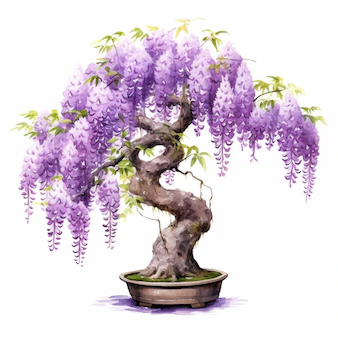
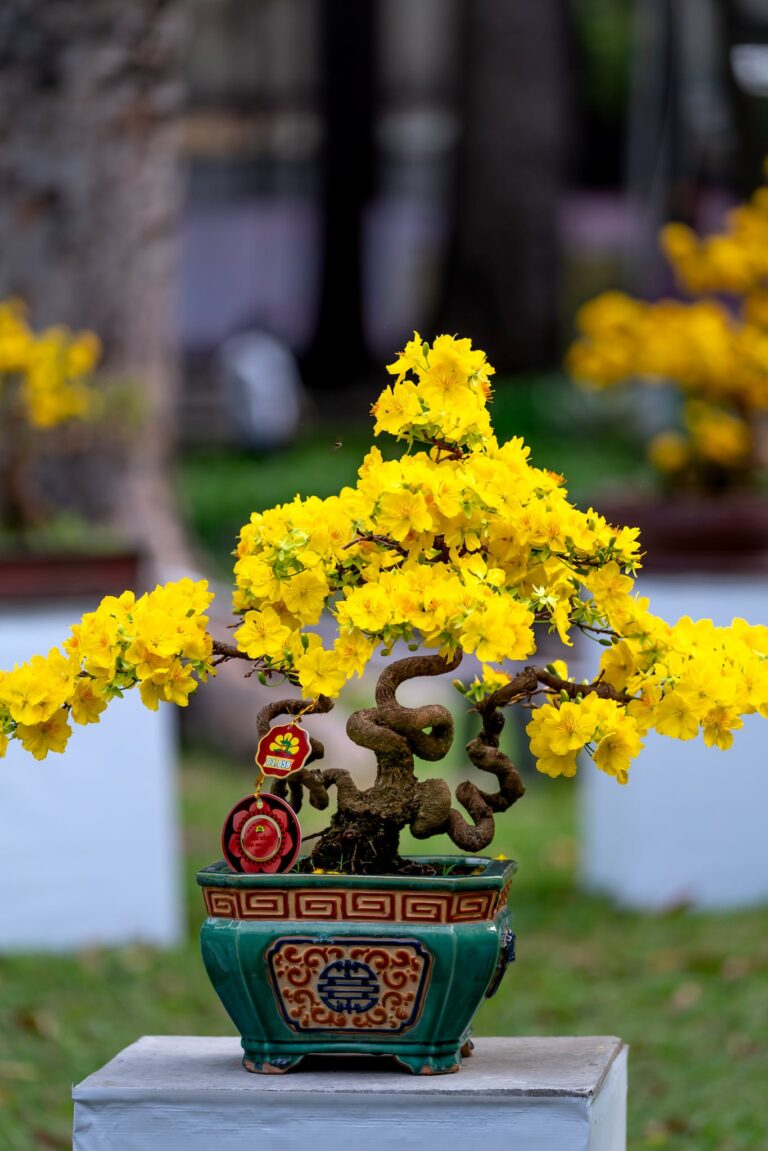
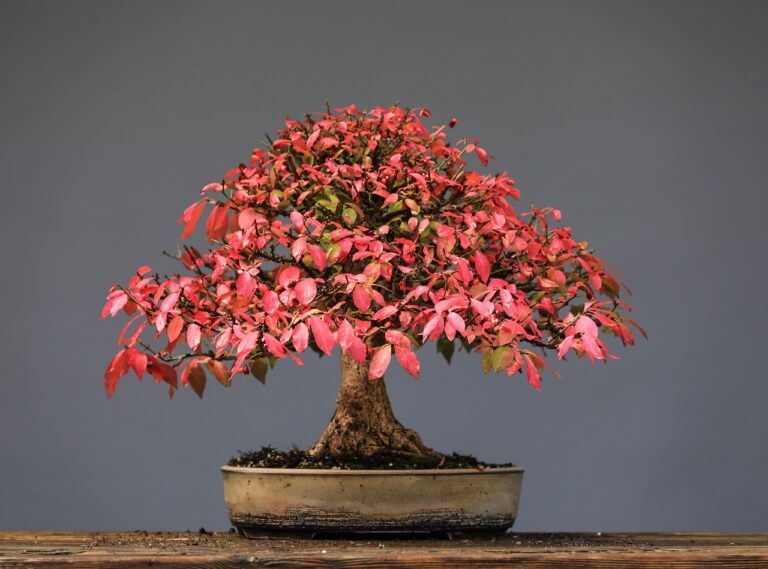
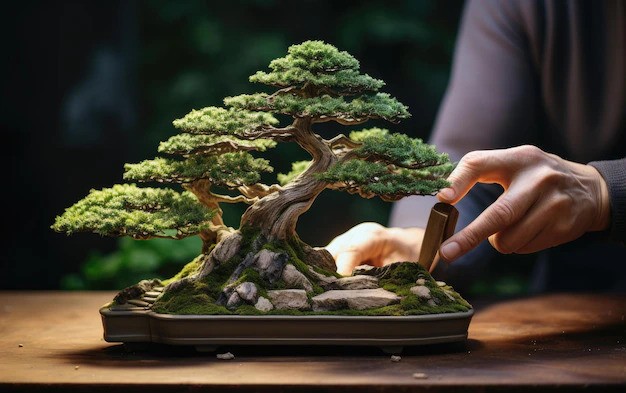
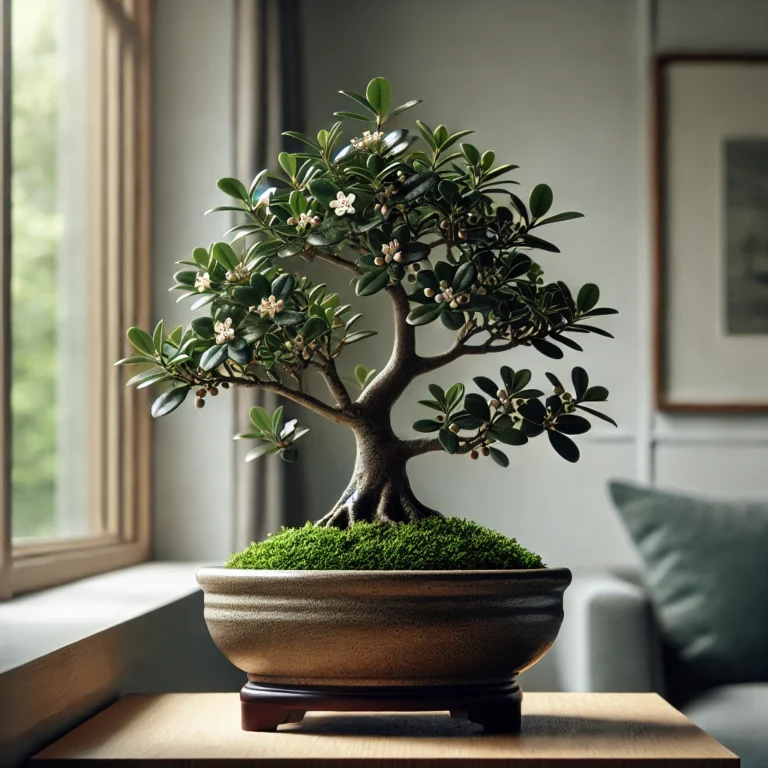
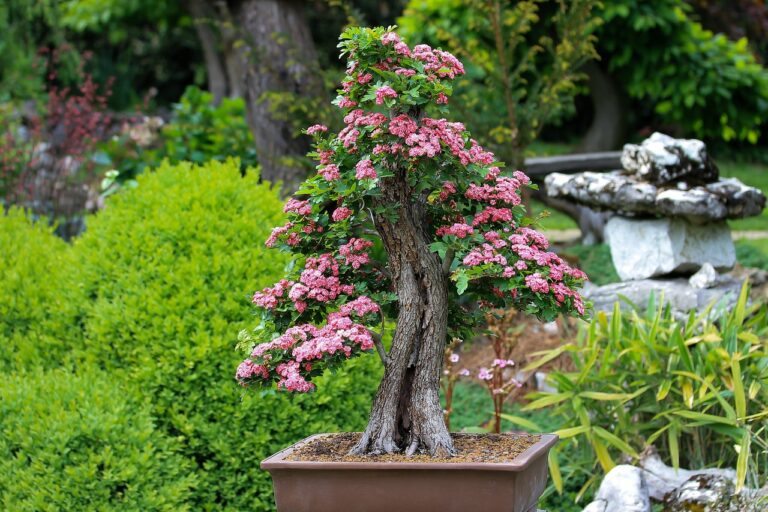
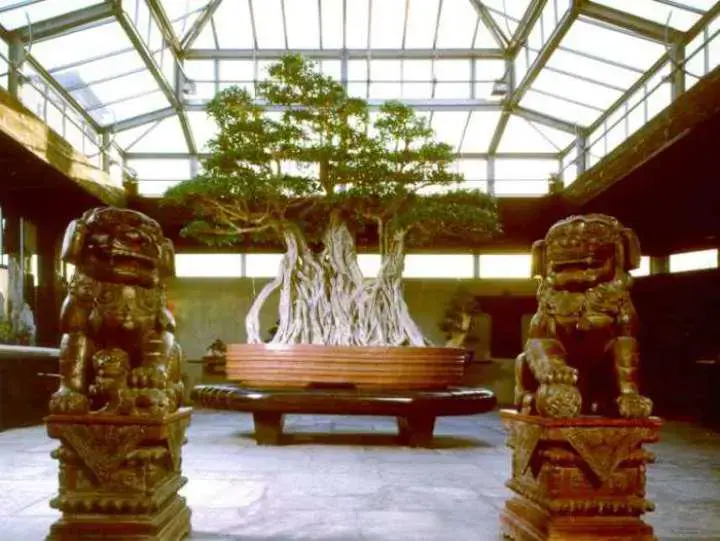
Regards for helping out, great information. “Considering how dangerous everything is, nothing is really very frightening.” by Gertrude Stein.
I visited a lot of website but I believe this one has got something special in it in it
Someone essentially lend a hand to make seriously articles I would state. That is the very first time I frequented your website page and thus far? I surprised with the analysis you made to make this particular submit extraordinary. Wonderful task!
Excellent web site. Lots of useful info here. I?¦m sending it to some buddies ans additionally sharing in delicious. And obviously, thank you to your effort!
Really superb visual appeal on this website , I’d rate it 10 10.
Appreciate it for this post, I am a big fan of this web site would like to continue updated.
I?¦ve recently started a website, the info you provide on this web site has helped me tremendously. Thank you for all of your time & work.
“Please visit this blog, there are many exciting games that generate money Senjata4d“
I don’t even know how I ended up here, but I thought this post was good. I don’t know who you are but certainly you’re going to a famous blogger if you are not already 😉 Cheers!
I’ve been browsing online greater than 3 hours nowadays, but I never found any attention-grabbing article like yours. It is lovely price enough for me. In my opinion, if all website owners and bloggers made good content material as you probably did, the web shall be much more useful than ever before. “Where facts are few, experts are many.” by Donald R. Gannon.
I think this is one of the most significant info for me. And i am glad reading your article. But want to remark on some general things, The site style is wonderful, the articles is really great : D. Good job, cheers
“all the games are very good on this blog, really inspiring everyone to be successful
Terataibola“